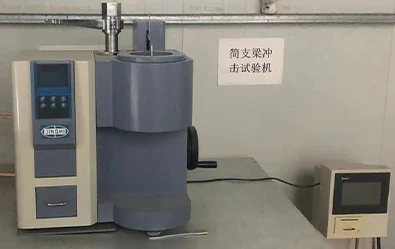loading...
- No. 9, Xingyuan South Street, Dongwaihuan Road, Zaoqiang County, Hengshui, Hebei, China
- admin@zjcomposites.com
- +86 15097380338
- Welcome to visit our website!
Effective Methods for Clean Water Treatment and Purification Techniques
Water Treatment Ensuring Clean and Safe Drinking Water
Water is an essential resource for all living beings; however, its quality is often compromised due to pollution, industrial waste, and agricultural runoff. As the global population continues to grow, the need for effective water treatment methods becomes increasingly critical to ensure access to clean and safe drinking water.
The primary goal of water treatment is to remove contaminants and pathogens that could pose health risks
. The process generally includes several stages coagulation, flocculation, sedimentation, filtration, and disinfection. Each stage plays a vital role in ensuring the final product is safe for consumption.Coagulation is the first step where chemicals, known as coagulants, are added to the water. These substances cause small particles to clump together, forming larger aggregates called flocs. This is followed by flocculation, where the water is gently stirred to promote the growth of these flocs, making it easier to remove them in the next step.
Sedimentation occurs after flocculation. The water is allowed to sit in a sedimentation basin, where gravity pulls the larger flocs to the bottom, forming a sludge that can be removed. This process significantly reduces the turbidity of the water, making it clearer and more appealing.
water treatment

After sedimentation, the water undergoes filtration. Various filtration methods, such as sand filters, activated carbon filters, or membrane filters, are employed to remove any remaining particles, bacteria, and other impurities. Filtration is crucial as it enhances the aesthetic qualities of water, such as taste and odor.
The final stage of water treatment is disinfection, which aims to eliminate any remaining pathogens. Common disinfection methods include chlorination, ultraviolet (UV) light treatment, and ozonation. Each method has its advantages and disadvantages. For instance, chlorination is effective and affordable but can produce harmful byproducts, while UV treatment is chemical-free but requires careful handling.
Despite advancements in technology, ensuring sustainable water treatment remains a challenge. Climate change, population growth, and urbanization exacerbate the risks associated with water quality. Therefore, it is imperative to invest in innovative and sustainable water treatment technologies to protect this invaluable resource.
In conclusion, effective water treatment is crucial not only for public health but also for environmental sustainability. By employing advanced techniques and raising awareness about water conservation, we can work towards a future where clean and safe drinking water is accessible to everyone, securing a healthier planet for generations to come.
-
The Rise of FRP Profiles: Strong, Lightweight, and Built to LastNewsJul.14,2025
-
SMC Panel Tanks: A Modern Water Storage Solution for All EnvironmentsNewsJul.14,2025
-
GRP Grating: A Modern Solution for Safe and Durable Access SystemsNewsJul.14,2025
-
Galvanized Steel Water Tanks: Durable, Reliable, and Ready for UseNewsJul.14,2025
-
FRP Mini Mesh Grating: The Safer, Smarter Flooring SolutionNewsJul.14,2025
-
Exploring FRP Vessels: Durable Solutions for Modern Fluid HandlingNewsJul.14,2025
-
GRP Structures: The Future of Lightweight, High-Performance EngineeringNewsJun.20,2025
